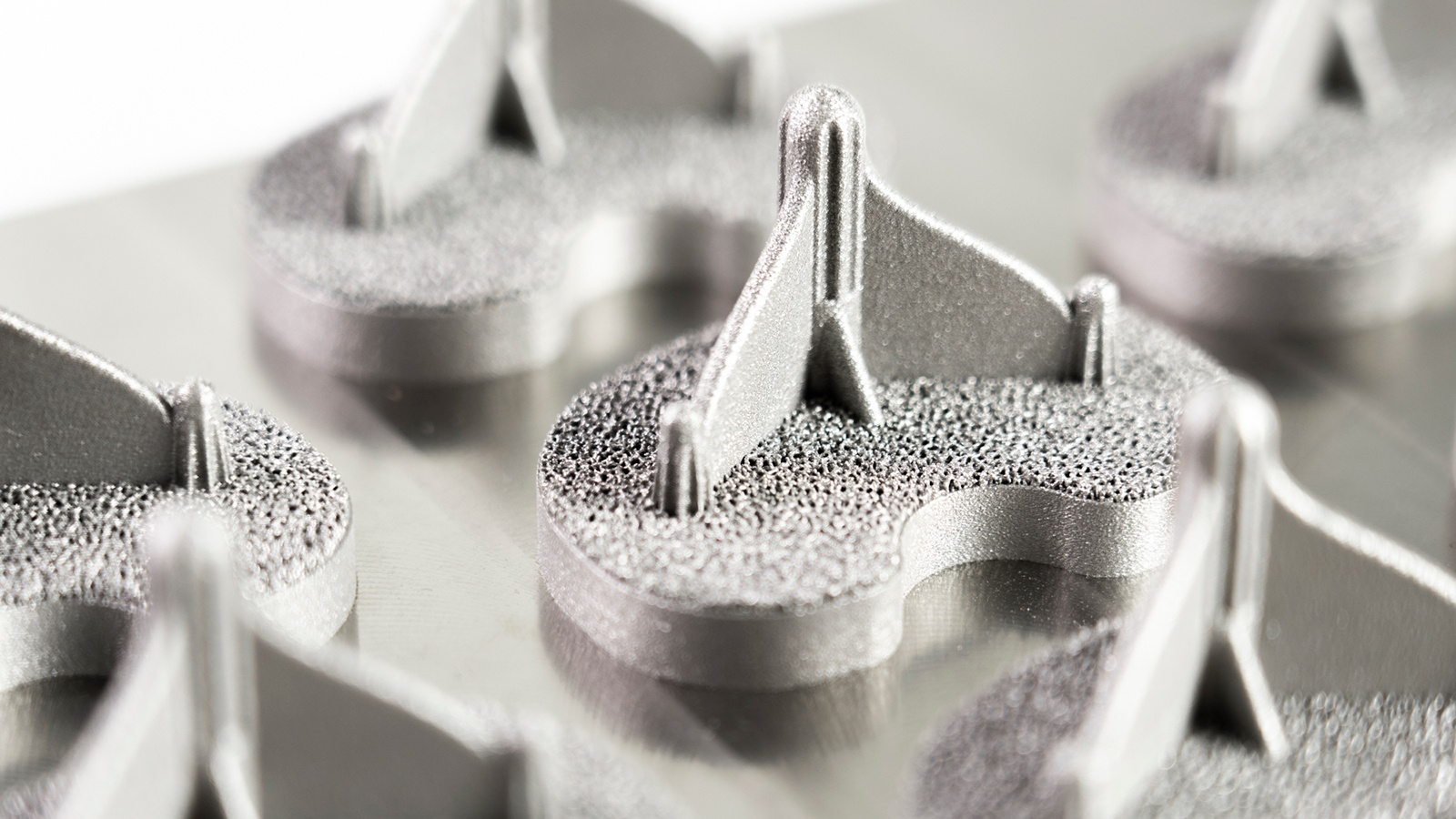
E+T Editorial Team Tue 27 Aug 2024
Collected at: https://eandt.theiet.org/2024/08/22/comment-how-mass-produce-medical-parts-economically-using-additive-manufacturing
The healthcare industry has benefited from additive manufacturing (AM) technology for many years, particularly for producing patient-specific dental and orthopaedic implants. Enrico Orsi, AM product manager at global engineering technologies company Renishaw, explores how the healthcare industry can now move from small-scale production of customised parts towards volume manufacture.
When compared to traditional manufacturing methods, AM is a relatively new technology, which presents some barriers to its mass adoption.
AM was originally developed to manufacture high-value products in small batches, so before investing this process often requires a careful cost assessment. None more so than in the healthcare industry, which is a highly regulated industry, and any qualification process will therefore require a great deal of testing to ensure specifications are met.
Overcoming the barriers
As AM processes have developed, system manufacturers have enhanced the technology to broaden adoption. As the reliability and performance of machines have significantly improved – enough to enable development of both high- and medium-value parts – AM technology has become more cost effective.
Additionally, as more medical manufacturers use these systems, market confidence grows in the ability of AM parts to meet medical specifications.
Why AM?
While manufacturers may find that AM is now more cost effective, they should also ensure the process best suits the application before investing.
The primary benefit of using AM over more conventional production technologies is that it gives manufacturers the flexibility to create complex geometries that are not possible when using other methods. This makes AM a popular manufacturing method for orthopaedic and dental parts, including knee, hip or dental implants where the part is used in consolidation or replacement surgeries.
AM also provides the scalability that medical manufacturers require, providing them with the flexibility to run research and development (R&D) and production in parallel. For example, manufacturers can develop a new part and print a small batch for testing.
Once they are happy with the part, they can use the same AM system to print at scale by adding more parts to the build plate. If there is still space on the build plate, manufacturers could also add experimental parts, making each build even more cost-effective.
Machinery and materials
When investing in AM, manufacturers should take time to choose the best system for the application, focusing on productivity and performance. The size of the machine may influence productivity, but larger volume does not always require a larger machine. For example, in applications that require more flexibility to produce multiple designs, two smaller machines may better meet demand.
Renishaw’s RenAM 500Q system features four lasers, which means the machine can address the entire build plate on which the parts are manufactured. As medical parts are often small, this means that users are able to fit a high volume of parts on a single plate, and as a result improve productivity.
In the healthcare industry, the materials parts are made from are crucial. Manufacturers must ensure that the alloy used in the AM process is suitable for both the clinical environment and technological application, and consider how to maintain the quality of the powder while in use.
For instance, the RenAM 500Q’s powder management system maintains powder in an inert atmosphere. This prevents oxidation that could make the material unsuitable over time and helps preserve part quality.
Post processing is also integral to part quality, so manufacturers should consider how they remove powder from complex geometries, like lattices, once printed, typically using ultrasound. Additionally, the part may require further machining using conventional tools to achieve the right surface finish.
AM is no longer a novel, experimental technology – it is a well-established manufacturing method proven to deliver high-quality parts at volume. As the technology continues to advance, now is the time to invest in AM and incorporate it into the entire manufacturing chain.

Leave a Reply